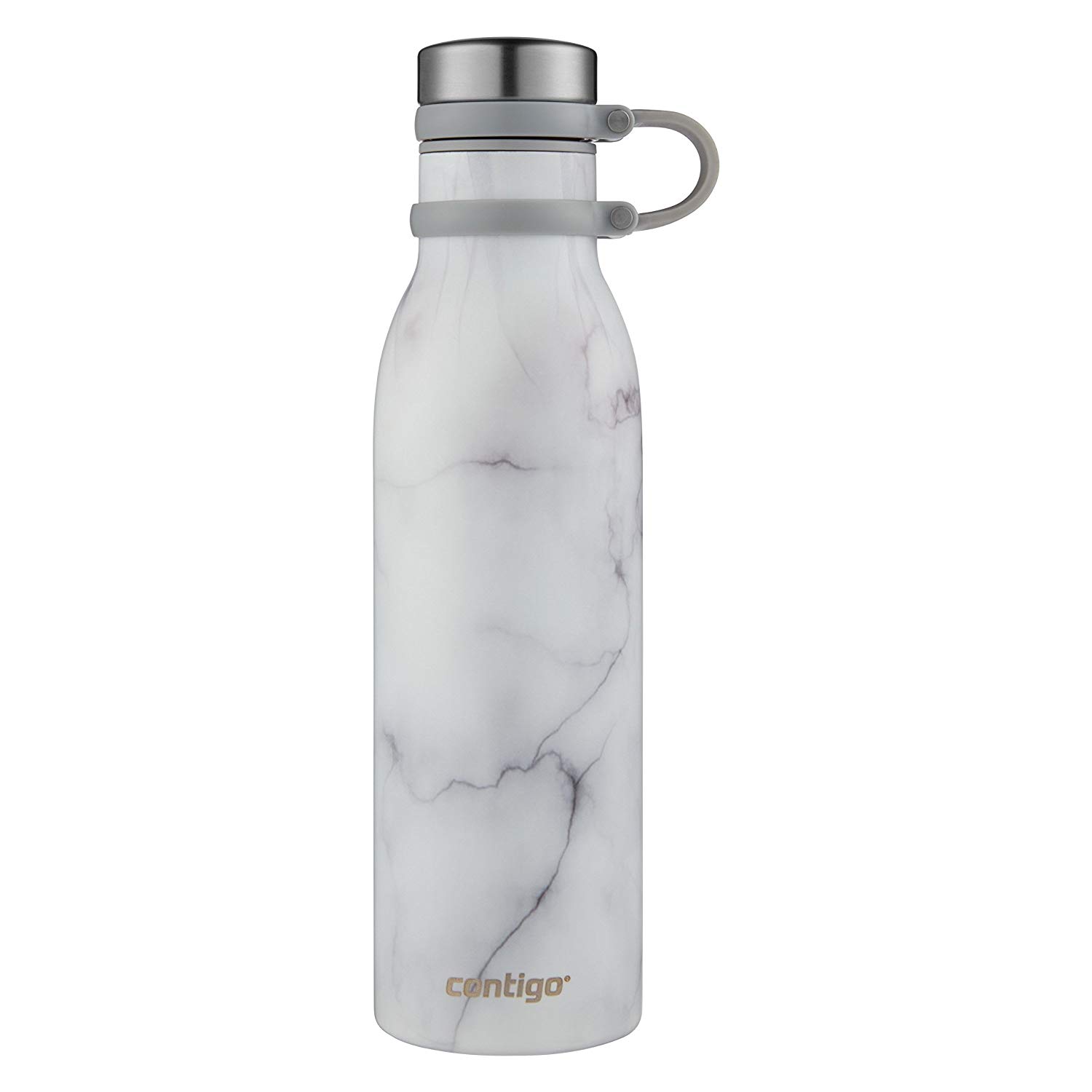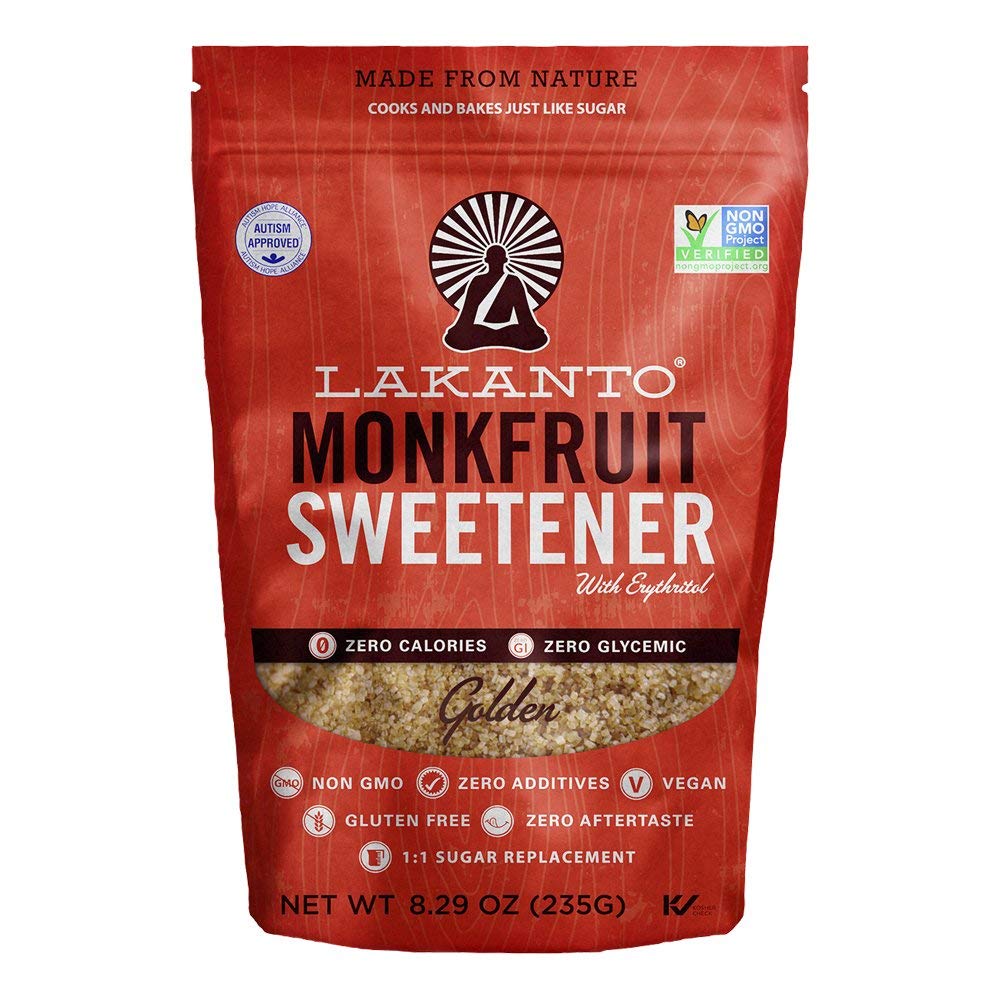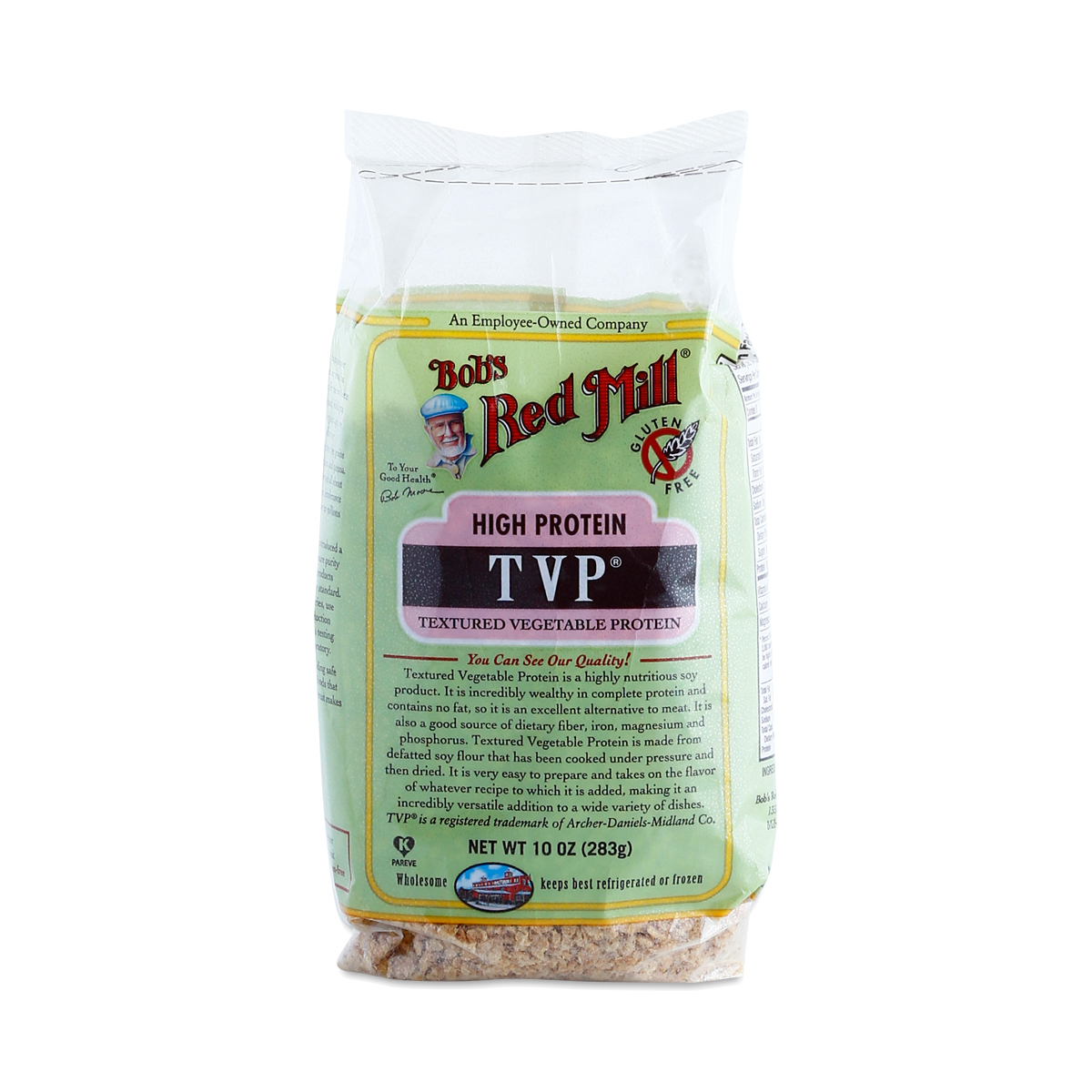6 Common Foods You'll Never See a Cancer Survivor Eat
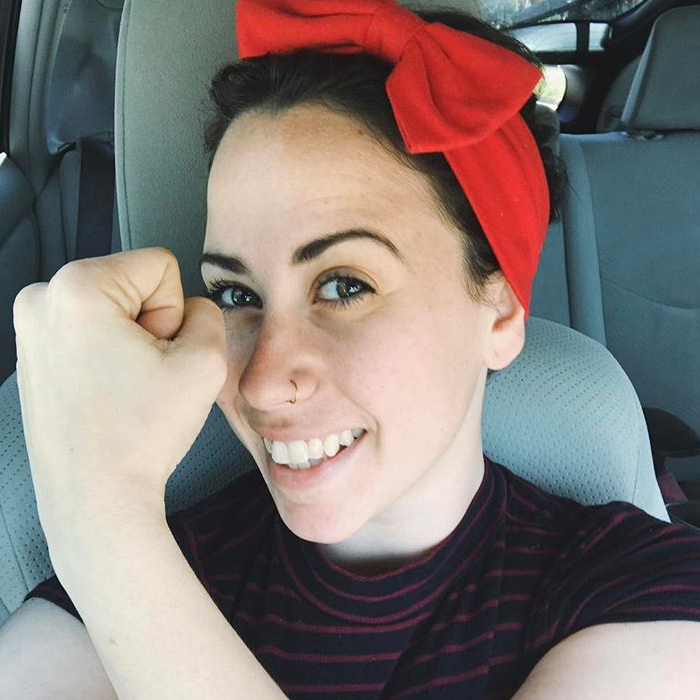
As we move through life and are affected by illnesses and physical ailments, we are made more aware of how we can take control of our bodies. Finding the right foods to eat and avoid is a lifelong process that I think we will always be dealing with, but I believe as long as we are continuously educating ourselves and filling ourselves with as much knowledge as possible—even when it makes us uncomfortable to change or admit we're wrong—we are headed in the right direction. That’s why when I think about food and how I can better my future health, I educate myself and make the best decisions for me in the moment.
After being diagnosed with cancer at age 21, I’ve decided to be conscious of the ingredients I consume in order to better myself physically and hopefully prevent the opportunity for the cancer to return. The most important thing we can be is conscious of what we consume and the products that we use on a daily basis.
I've talked before about the toxic beauty ingredients I avoid as a cancer survivor, but there are foods I've come to reconsider as well. Keep scrolling to learn about six different food items I rarely or never eat in order to stay healthy and cancer-free.

GMOs can cause quite the controversy, and I will be the first to say that not all GMOs are bad for you. There are some wonderful products in our world that have been genetically modified for the better, but in most cases, when it comes to our food, we are better off avoiding genetically modified organisms and sticking to organic. Many experts agree that adequate testing was not done before GMO foods were added to the ingredient lists of thousands of products, like corn. More than 90% of our corn and soy is now genetically modified. Not even the growers and manufacturers of GMO foods know the long-term effect they will have on human health. Instead of consuming GMOs, be sure to look for GMO-free labels whenever possible or buy organic (which always means a product is not genetically modified).
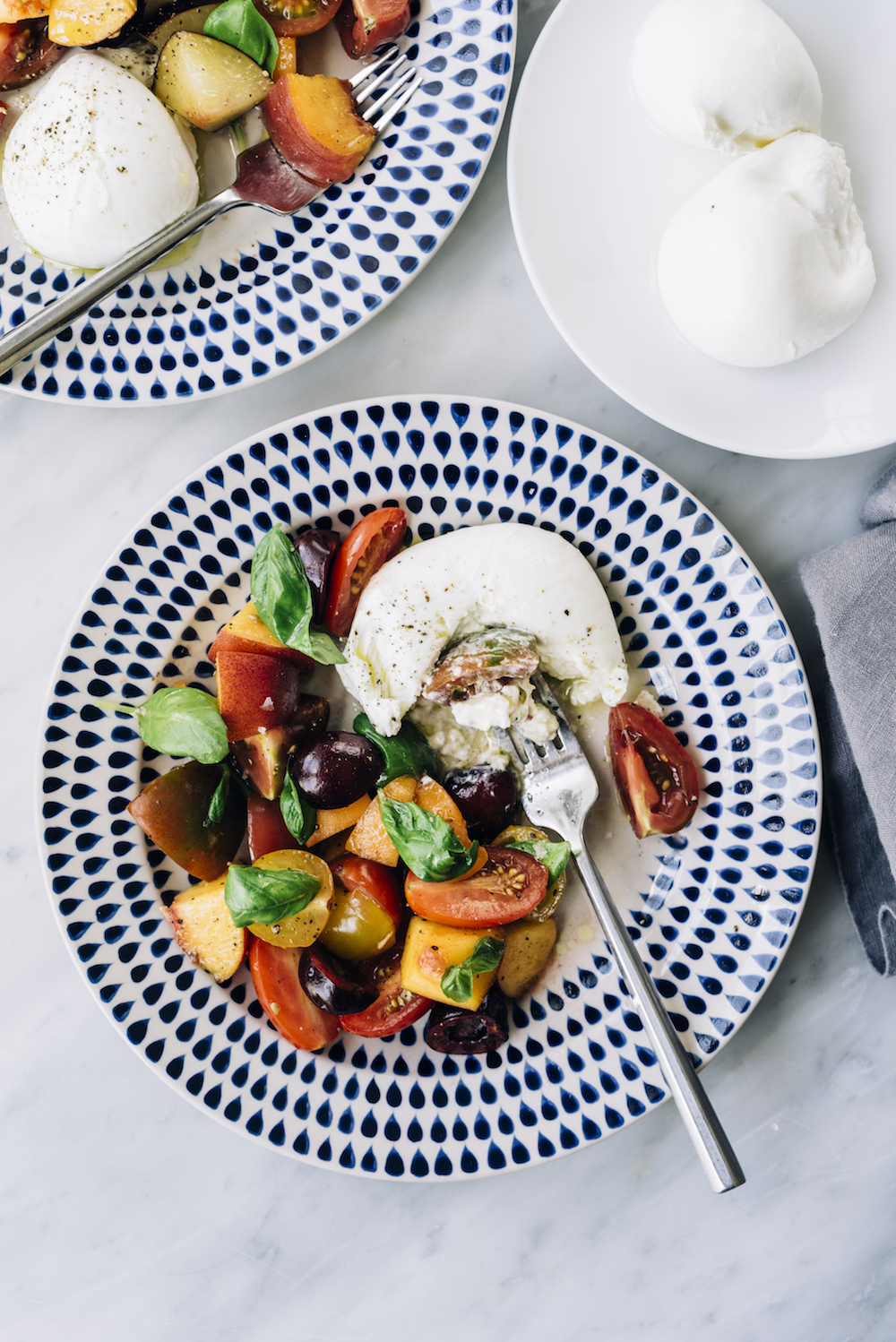

A lot of the time, canned food can be extremely useful and resourceful, but the problem is that most cans are lined with a product called bisphenol A (BPA), which has been shown to genetically alter the brain cells of rats. A majority of plastic goods, thermal paper, and many dental composites also contain BPA. Help protect your DNA by sticking to fresh or frozen vegetables that have no added ingredients for your family’s table. And when you are purchasing or using plastic goods, make sure to look for the label that says BPA-free.

By far one of the biggest no-nos when it comes to cancer is sugar, which includes high-fructose corn syrup (HFCS) and other refined sugars. Brown sugar is actually highly refined white sugar with some of the removed molasses added back in for flavor and color. Refined sugars (and foods made with them) are the source of major insulin spikes and feed the growth of cancer cells. When I go to get a PET scan, they inject fructose through an IV and are able to locate where the cancer has grown based on where the fructose is consumed in my body. If that doesn’t say cancer loves sugar, then I don’t know what does! Healthier alternatives are organic honey, coconut sugar, or maple sugar.
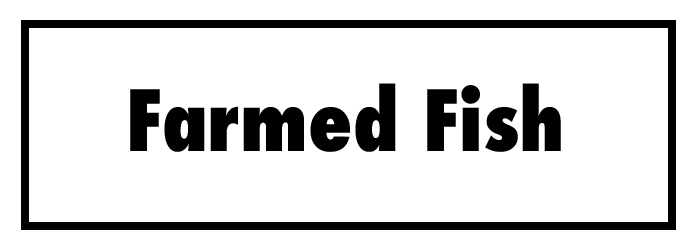
On a regular day, I am plant-based and avoid any sort of product that comes from an animal, but if you are going to consume fish, consume wild-caught fish that have never seen the horror of a fish farm. Commercial fish farming involves raising a very high number of fish, like salmon, in a very crowded environment. More than 60% of the salmon consumed in the United States comes from a farming operation where they are treated with antibiotics, pesticides, and other carcinogenic chemicals to try and control the bacterial, viral, and parasitic outbreaks that result from cramming so many fish in a small space. Farmed fish also don’t have as much omega-3 as wild salmon, and they add food coloring to make salmon pinker. No thank you.
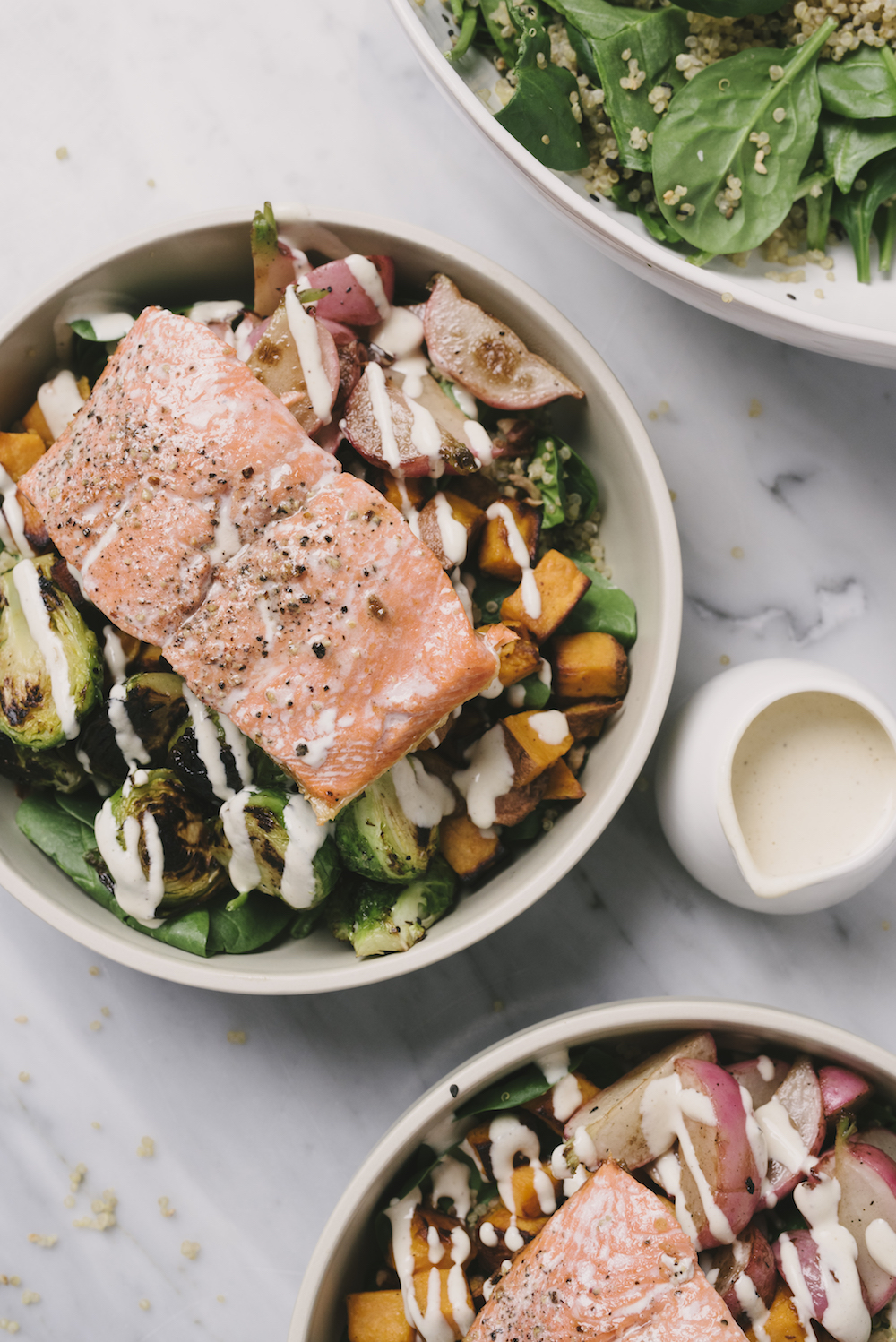

Like I said before, I am plant-based and avoid animal products. Red meat, especially the processed kind like bacon and hot dogs, is known to be a stage-two carcinogenic, in the same group as cigarettes. Red meat is known to cause specific cancers like colorectal. Global Burden of Disease Study has estimated that diets high in red meat could be responsible for 50,000 cancer deaths per year worldwide.
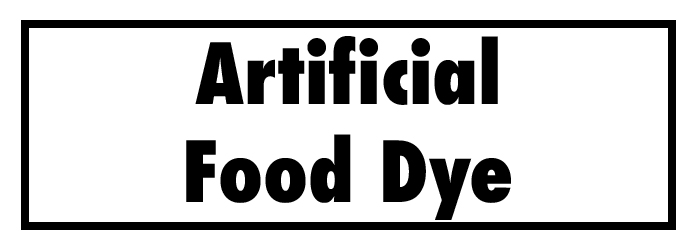
When scientists say that our plates should look like the rainbow, they didn’t mean artificially. In the current society of totally processed foods, it is extremely hard to find foods that do not contain artificial dyes. In the EU, manufacturers were told to put a halt on using these dangerous dyes, and in the unlikely case that a company has used these dyes, there must legally be a warning label on the package. In spite of dyed foods showing tremendous links to cancer and many other health issues, especially in children, the U.S has no plans to put a halt to the use of these ingredients and/or at the very least make these terrible side effects known to consumers. In many cases, food dye is made with petroleum, which is currently under review by the FDA. There are alternatives to these dyes, however. With safer alternatives available, I don’t see a reason to continue using these life-threatening dyes. Safe food dyes include those made from carrots, beets, berries, herbs, and spices such as saffron or paprika. Orange soda in Britain is colored with pumpkin and carrot extracts, while in the U.S., it is made with Red 40 and Yellow 6, both extremely dangerous for young children and adults.
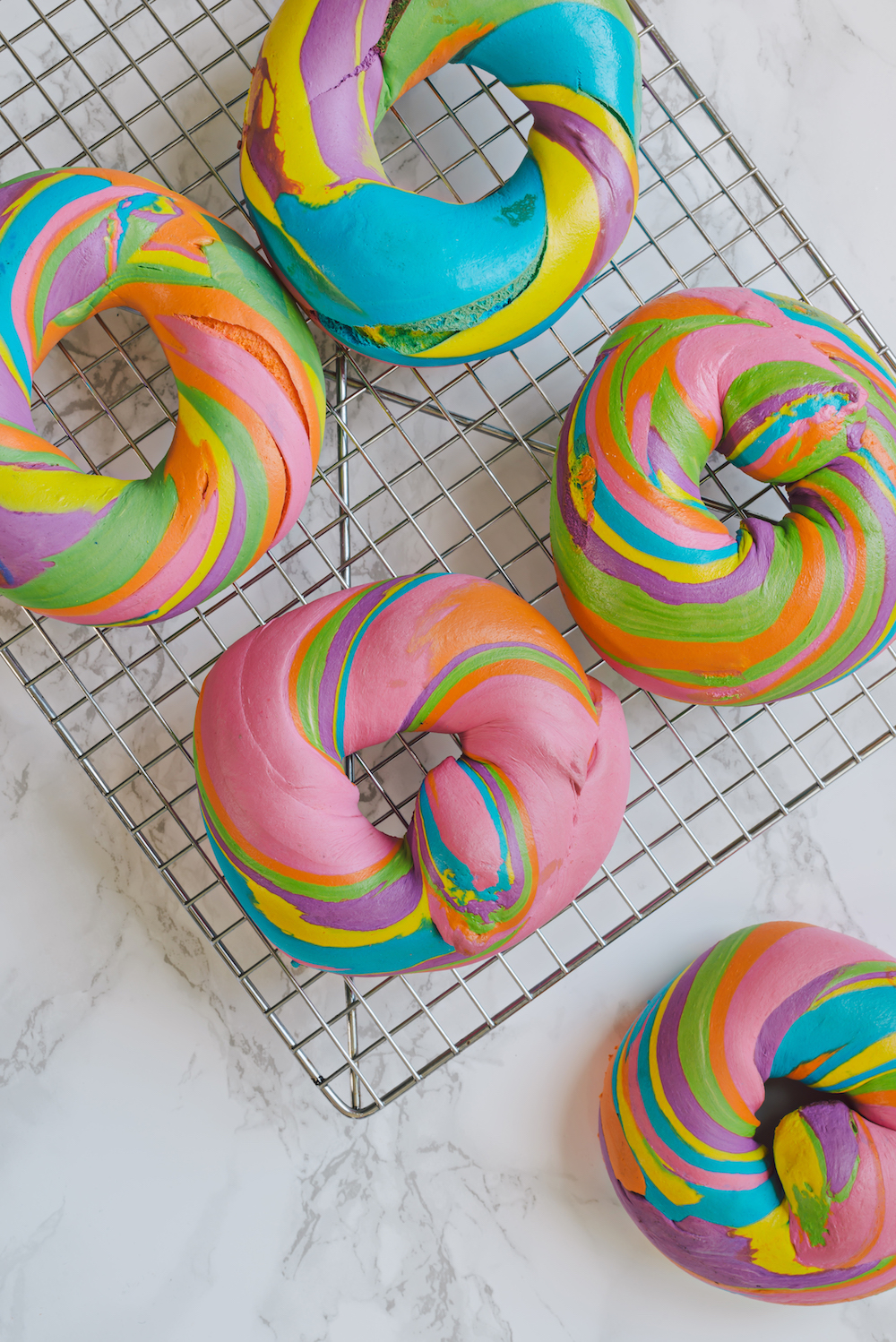
I suggest that you too should live a conscious life and make better decisions when deciding what to put inside your body. You have the choice and control to live a healthy life and instead of consuming food products that manufacturers claim are “good for you,” do the best you can to prevent cancer and illnesses. Eat organic whenever possible. Choose raw or clean frozen if fresh products aren’t readily available in your area. If you eat animal products, make sure they’re pastured and grass-fed meats and dairy goods (including eggs, like Vital Farms eggs). Use only high-quality oils such as coconut oil, olive oil, ghee, or grass-fed butter.
Have questions or comments about anything I’ve talked about? Feel free to DM me on Instagram @radiantracheli.
This article is provided for informational purposes only and is not intended to be used in the place of advice of your physician or other medical professionals. You should always consult with your doctor or healthcare provider first with any health-related questions.
